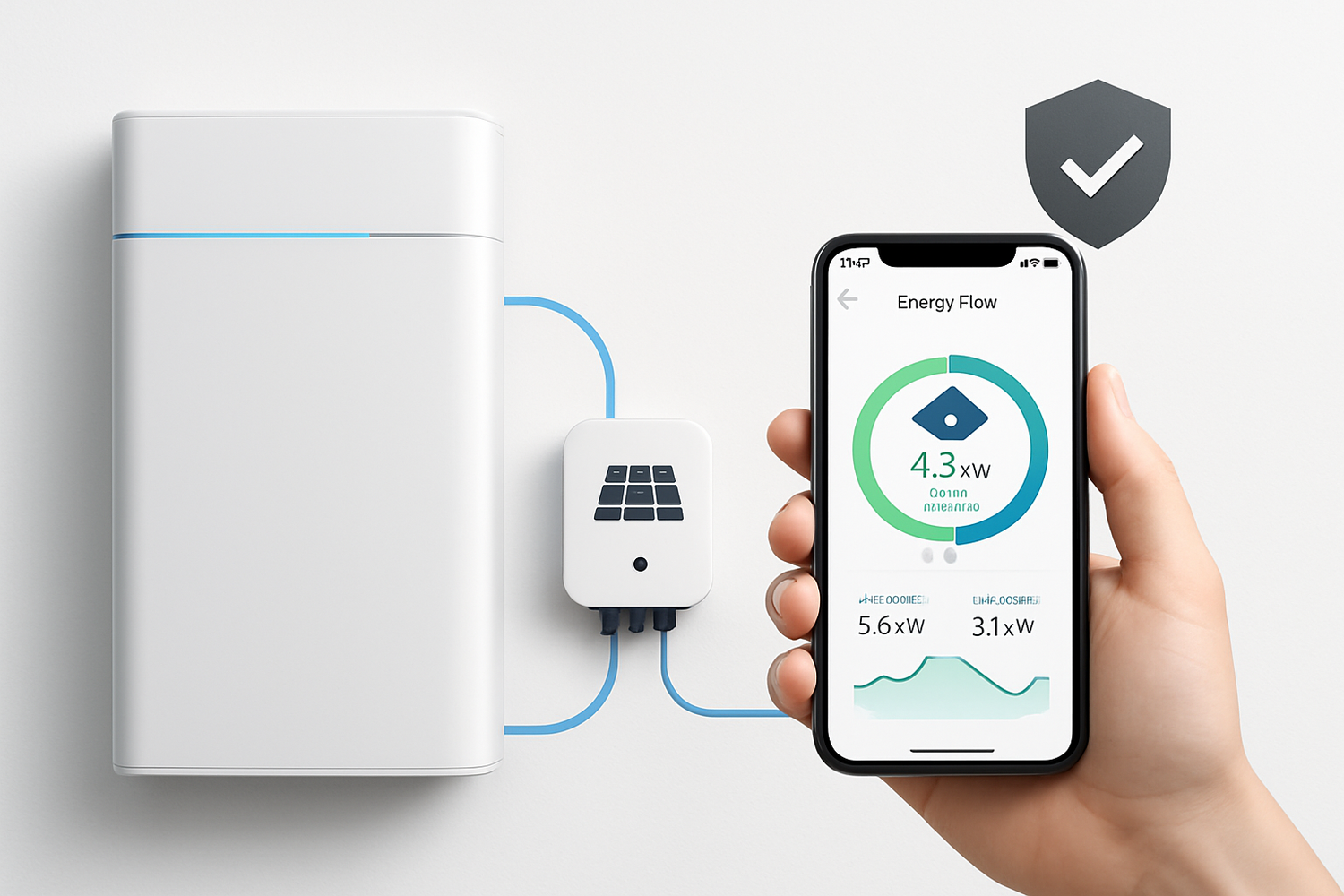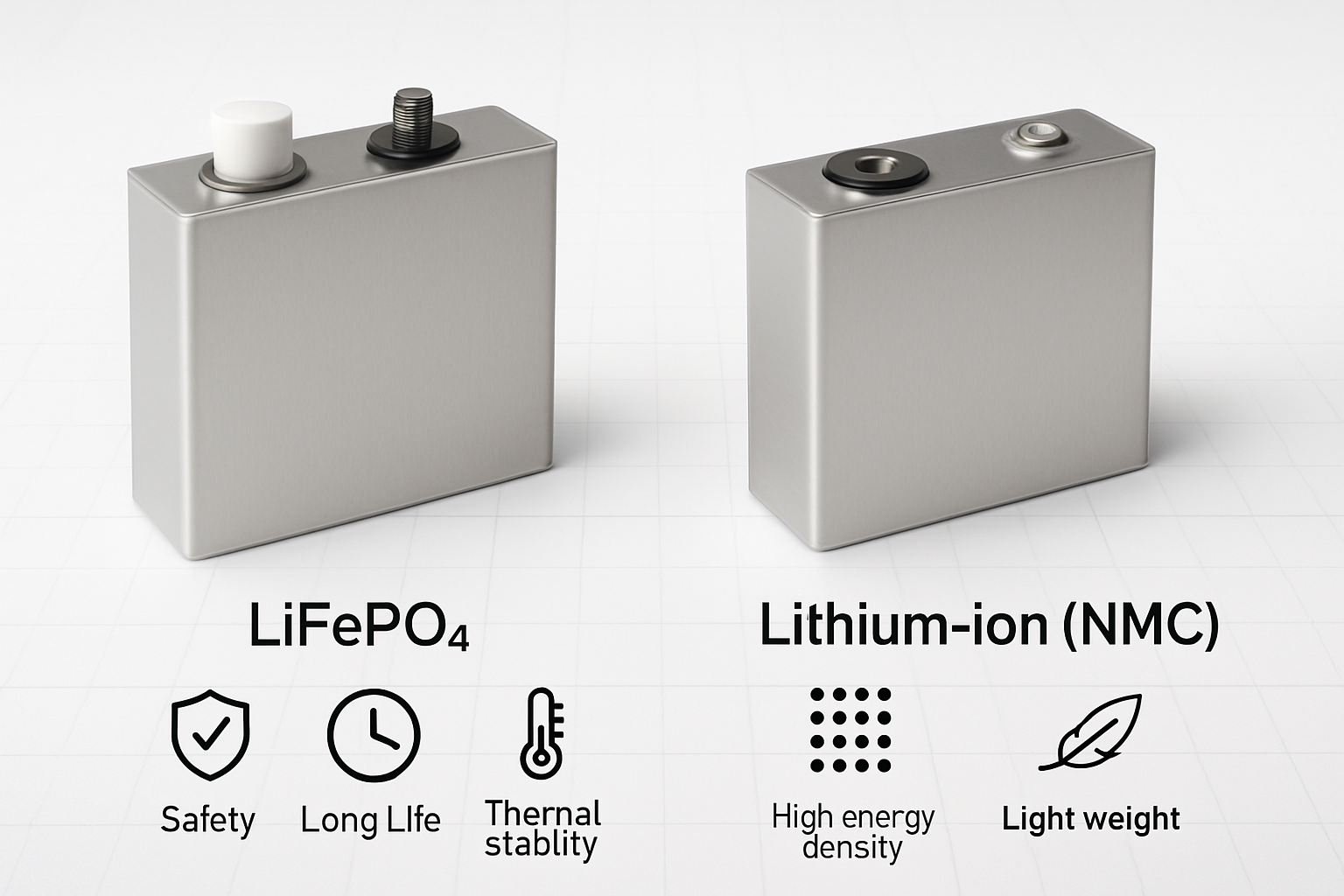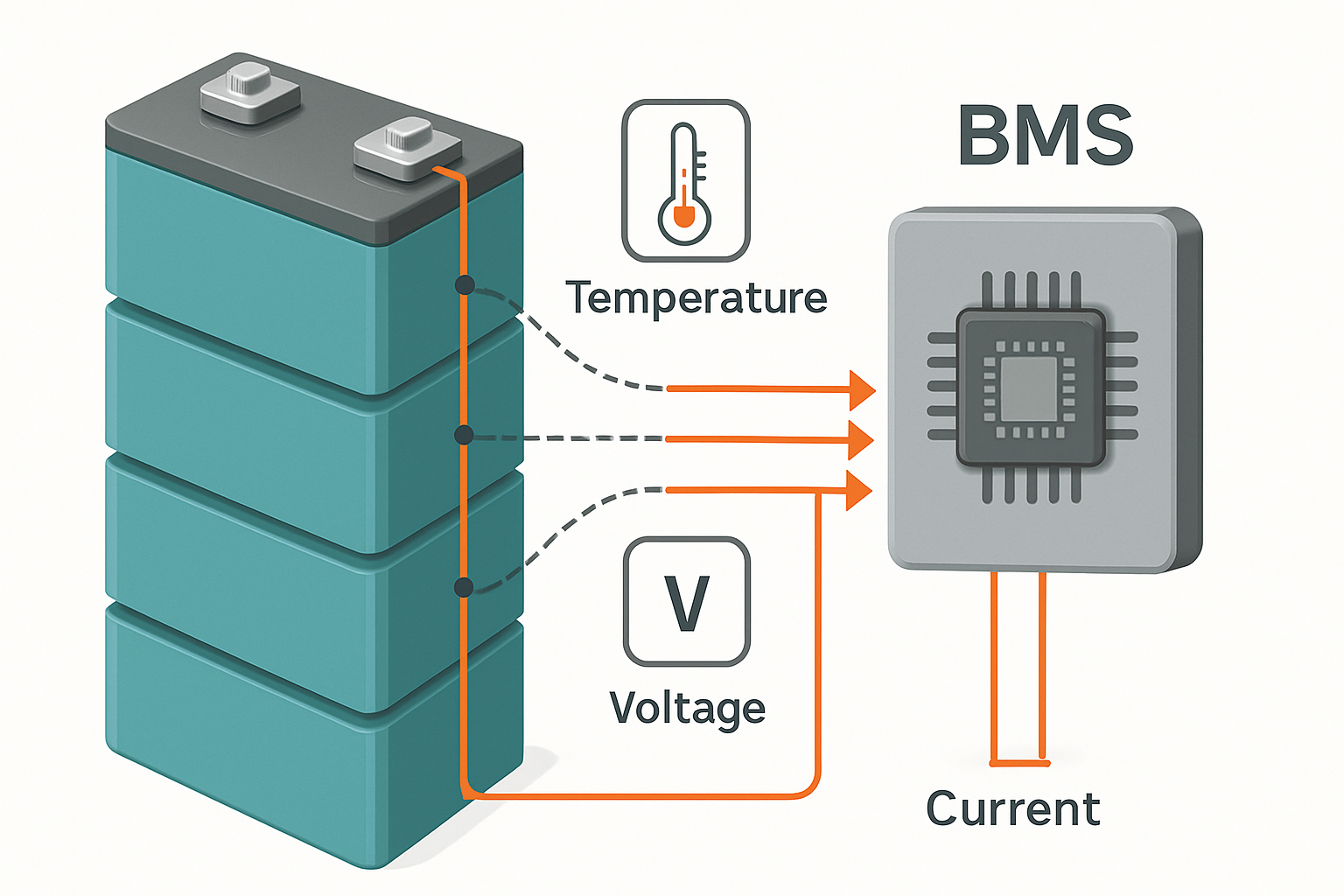A battery energy storage system (BESS) is a powerful tool for achieving energy independence and maximizing your solar investment. It allows you to store clean energy and use it whenever you need it, day or night. But with this great capability comes a great responsibility to ensure its safety. Many costly and dangerous issues arise from simple, avoidable errors. Understanding these common mistakes is the first step toward a secure and reliable residential energy storage system.
Mistake 1: Neglecting Professional Installation and Siting
One of the most frequent yet hazardous mistakes is underestimating the complexity of BESS installation. This isn't a typical DIY project; it involves high-voltage electricity and requires adherence to strict safety codes.
The Dangers of DIY Installation
Attempting a self-installation without certified training can lead to severe consequences like short circuits, electrical fires, and personal injury. Professional installers possess the necessary expertise to handle high-voltage connections, ensure proper wiring, and configure the system for optimal performance and safety. Most manufacturers also require installation by a certified professional to maintain the product warranty, leaving you unprotected if something goes wrong with a DIY setup.
Improper Location and Ventilation
Where you place your battery system is just as important as how it's installed. Batteries should be situated in a cool, dry, and well-ventilated area, away from direct sunlight and living spaces. Poor placement can cause overheating, which reduces efficiency and poses a significant safety risk. Licensed contractors are familiar with local building and fire codes, such as those outlined by the National Fire Protection Association (NFPA), ensuring your system is compliant and safely located.
Mistake 2: Ignoring Battery Chemistry and Quality
Not all batteries are created equal. The chemistry and quality of your chosen battery have a direct impact on the safety and longevity of your entire energy storage system.
Choosing the Wrong Battery Type
Lithium-ion is the dominant technology in residential energy storage, but different lithium-ion chemistries have distinct safety profiles. Lithium Iron Phosphate (LiFePO4) batteries are widely recognized for their superior safety. The phosphate-oxide bond in LiFePO4 chemistry is structurally stronger and more stable than the cobalt-oxide bonds found in other chemistries like NMC. This makes LiFePO4 batteries far less prone to thermal runaway—a dangerous chain reaction that can lead to fires—even if overcharged or physically damaged. A report from the International Renewable Energy Agency (IRENA) highlights that the shift toward LFP chemistries is driven by their lower cost, longer cycle life, and better security.
| Feature | Lithium Iron Phosphate (LiFePO4) | Other Lithium-Ion (NMC, NCA) |
|---|---|---|
| Thermal Stability | High (Stable up to 500-600°C) | Lower (Unstable around 180-250°C) |
| Risk of Thermal Runaway | Very Low | Higher |
| Combustibility | Incombustible | Flammable components |
| Toxicity | Non-toxic materials | Contains cobalt, nickel |
Opting for Uncertified Components
To save money, some may be tempted to purchase uncertified or low-quality batteries and components. This is a critical mistake. Reputable battery energy storage systems are tested and certified to meet stringent safety standards. Look for certifications like UL 9540 for the entire system, UL 1973 for the battery packs, and UL 1741 for the inverter. These standards, particularly UL 9540A, provide a rigorous method for evaluating fire propagation risk, ensuring the system is designed to operate safely in your home.
Mistake 3: Poor System Integration and Management
A BESS is more than just a battery; it's an integrated system where each component must work together seamlessly. Failure to ensure proper integration and monitoring can undermine safety.
Mismatched Inverter and Battery
The inverter, which converts DC electricity from the battery to AC for your home, must be fully compatible with the battery. A mismatch in voltage, current ratings, or communication protocols can lead to inefficient operation, system faults, and potential safety hazards. A professional installer will ensure all components are designed to work together harmoniously.
Disregarding Performance Monitoring
Modern energy storage systems come with sophisticated monitoring software. Ignoring this tool is a missed opportunity to ensure safety and efficiency. Regular monitoring allows you to track the battery's state of charge, temperature, and overall health. As noted in the ultimate reference on solar storage performance, understanding key metrics like Depth of Discharge (DoD) and round-trip efficiency is vital. Monitoring helps you spot anomalies or warning signs early, allowing you to address potential issues before they become serious safety risks.
Mistake 4: Overlooking Routine Maintenance
While modern BESS, especially those with LiFePO4 batteries, are low-maintenance, they are not 'set it and forget it' devices. Neglecting basic care can compromise the system's safety and lifespan.
The 'Set It and Forget It' Mindset
Regular visual inspections are a simple yet effective safety practice. Check for any signs of physical damage, corrosion on terminals, or loose connections. Ensure that vents are clean and that the area around the unit is clear of debris or flammable materials to allow for proper airflow. These simple checks can prevent overheating and other potential hazards.
Ignoring Warning Signs
Your BESS will often provide warning signs if something is amiss. Pay attention to system alerts on your monitoring app, as well as physical signs like unusual noises (humming or buzzing), strange odors, or the unit feeling excessively hot. If you notice any of these red flags, follow the manufacturer's procedure for a safe shutdown and contact a qualified technician immediately. Do not attempt to diagnose or fix the problem yourself.
A Proactive Stance on BESS Safety
Achieving safe, reliable residential energy storage is entirely possible. It begins with avoiding these common mistakes. By prioritizing professional installation, choosing high-quality components with stable LiFePO4 chemistry, ensuring proper system integration, and performing routine checks, you can confidently manage your home energy storage. This proactive approach not only protects your investment but also ensures the safety and well-being of your household as you move toward greater energy independence.
Frequently Asked Questions about BESS Safety
Can a home battery catch fire?
While any electrical system has a minimal risk of fire, modern home batteries, especially those using LiFePO4 chemistry, are engineered with multiple safety layers to make this extremely unlikely. LiFePO4 batteries have high thermal stability and are not prone to thermal runaway. When combined with a certified installation and a robust Battery Management System (BMS), the risk is minimized.
How often should I have my battery energy storage system inspected?
It is recommended to have your BESS professionally inspected annually or according to the manufacturer's guidelines. In addition, you should perform your own visual inspections monthly. These checks should include looking for any physical damage, ensuring connections are secure, and keeping the area around the unit clean and unobstructed.
What certifications should I look for in a home battery?
Look for systems certified to UL 9540, which is the primary safety standard for energy storage systems. Key components should also be certified: the battery itself should meet UL 1973, and the inverter should comply with UL 1741. These certifications ensure the product has undergone rigorous third-party testing for safety and reliability.





Leave a comment
All comments are moderated before being published.
This site is protected by hCaptcha and the hCaptcha Privacy Policy and Terms of Service apply.